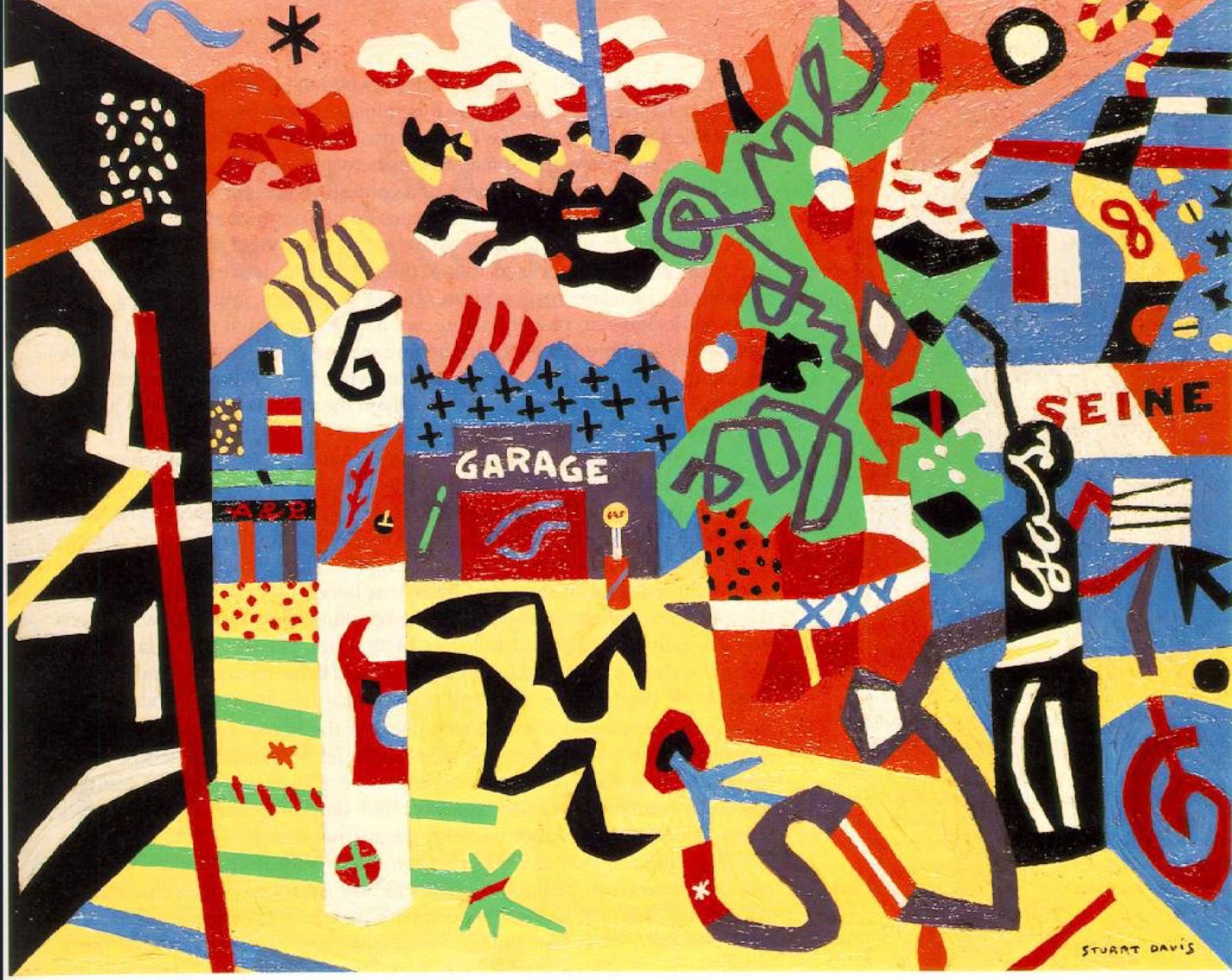Theodore Roethke:
“Form” is regarded not as a neat mould to be filled, but rather as a sieve to catch certain kinds of material.
The conventional wisdom is that poets think in images, but the longer I practice poetry the more I believe that it is a poem’s form that carries the emotional weight, conveys meaning, and makes beauty. It is one of the best tools we have to align the self of the writer with the material of the poem.
Form is what gives a reader access to a subject matter’s significance. But a poem’s form doesn’t need to be a received form, nor does a form even need to be reused after a specific poem is written in order to be considered a “form.” Any poem’s form and structure has to be intentional and tied to whatever subject is in that particular poem.
In Jorge Luis Borges’s “Borges and I,” (tr. from Spanish by Mildred Boyer and Harold Morland) the long first paragraph / stanza is followed by a quick, final sentence. The piece is deliberately imbalanced to show the imbalance of a writer and the presentation of a writer on the page. “Borges” is a duality and experiences all kinds of internal pressures to allow himself access to himself.
Keep reading with a 7-day free trial
Subscribe to The Sharpener to keep reading this post and get 7 days of free access to the full post archives.


